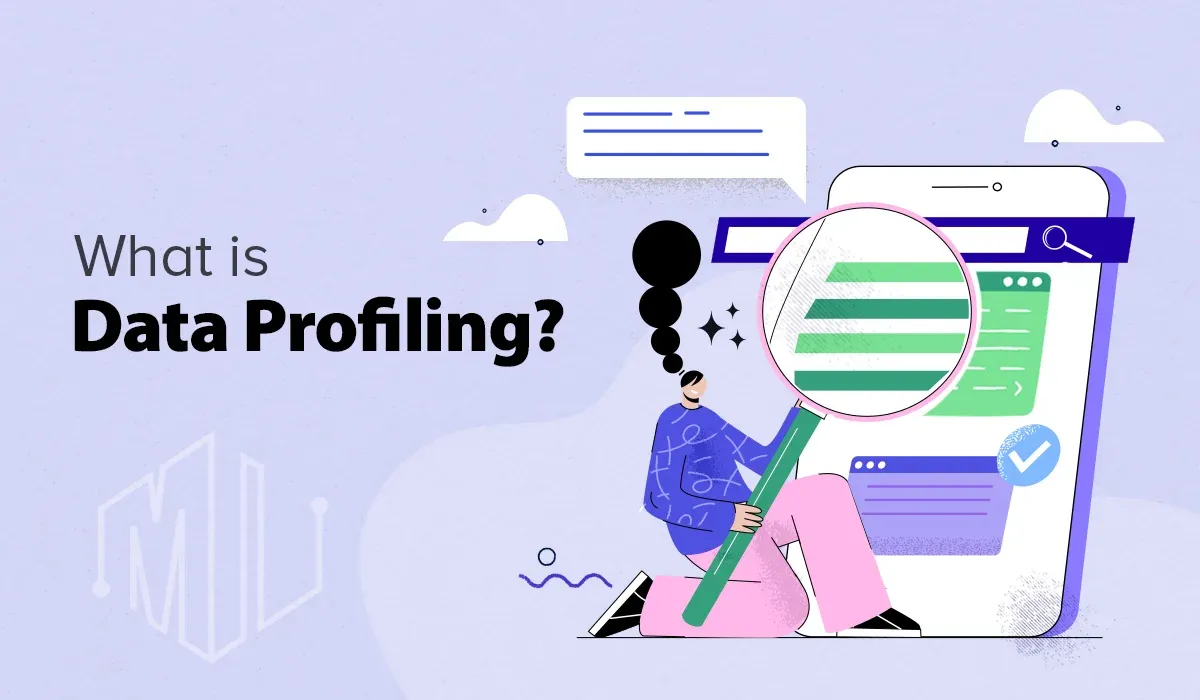What is Data Profiling? Definition, Tools and Examples
With the ever-growing volume of data, especially in cloud-based systems, the role of data profiling has become more critical than ever.

In an era where data reigns supreme, understanding the intricacies of data management is crucial for any organization. One key aspect of this is data profiling, a process pivotal in ensuring data quality and usability.
This comprehensive guide will delve into what data profiling entails, explore various tools available for it, and present real-world examples of its application.
By the end of this article, you'll have a deeper insight into data profiling and how it can transform your approach to data.
✨ Unleash the Power of AI with MagicalAPI!
Whether you’re optimizing YouTube content, extracting LinkedIn data, or evaluating resumes, MagicalAPI is your one-stop solution! Discover the diverse range of AI services tailored to meet your every need. Dive in and elevate your digital experience today!

What is Data Profiling?
Data profiling is an analytical process used to evaluate data for content, quality, and structure. It's the first step in understanding the health and usability of data, offering insights into its potential for various data projects.
Data profiling involves various tasks like collecting descriptive statistics, assessing data types, performing quality checks, and more.
Importance in Today's Data-Driven World
With the ever-growing volume of data, especially in cloud-based systems, the role of data profiling has become more critical than ever. It's a key component in big data projects, data warehousing, business intelligence, and migration efforts, helping uncover data quality issues and guiding the ETL (Extract, Transform, Load) process.
The Three Pillars of Data Profiling
- Structure Discovery: Ensuring data is formatted correctly and consistently, this includes mathematical checks like sum, minimum, or maximum values.
- Content Discovery: Focused on identifying errors in individual data records, like missing or incorrect entries.
- Relationship Discovery: Involves understanding how different data parts are interrelated, crucial for preserving data relationships during integration.
Steps in Data Profiling
The data profiling process involves several key steps:
1. Gathering Data Sources: The initial step involves collecting data and associated metadata.
2. Data Cleaning: This step aims to unify structure, identify interrelationships, and find anomalies.
3. Statistical Analysis: Once cleaned, tools return statistics to describe the data set, revealing insights about data quality, frequency, and patterns.
Benefits of Data Profiling
Data profiling is beneficial for organizations as it leads to higher-quality, credible data. It aids in predictive analytics, decision-making, understanding relationships between data sets, and more.
Efficient data profiling can highlight areas experiencing data quality issues, thereby reducing costs in data-driven projects.
Challenges in Data Profiling
Despite its benefits, data profiling is not without challenges. The complexity of tasks, the sheer volume of data, and the variety of data sources make it a daunting task. The speed at which data enters an organization adds to these challenges. However, overcoming these hurdles is crucial for organizations to maintain quality data.
Automating Data Profiling
Automating data profiling involves leveraging tools or scripting languages to systematically analyze and summarize key characteristics of a dataset without manual intervention. Choose a suitable data profiling tool or programming language with relevant libraries.
Connect the tool to your data sources, configure profiling tasks, and schedule automated jobs for periodic updates. These tasks typically include analyzing data types, distributions, unique values, and identifying missing values.
Data Profiling in Practice: Real-world Examples
Data profiling has diverse applications across industries. For instance, in data warehousing or business intelligence projects, it help in gathering data from multiple systems for analysis. It's also crucial in data migration projects, ensuring data quality is maintained during system transitions.

Data Profiling Tools: Open Source and Commercial
A range of tools, both open-source and commercial, are available for data profiling. These tools automate the profiling process, improving data integrity and reducing manual efforts. They offer capabilities like data wrangling, gap analysis, and metadata discovery.
Examples include Quadient DataCleaner, Aggregate Profiler, Informatica, Oracle Enterprise Data Quality, and SAS DataFlux.
Data Profiling in the Cloud
In the cloud computing age, data profiling has gained new dimensions. With companies storing massive data in cloud-based data lakes, effective data profiling is essential. It ensures that the data stored is of high quality and ready for analytics, thereby playing a pivotal role in maintaining competitive advantage.
Data Profiling: The Bottom Line
Data profiling is a fundamental step in the data management process. It ensures that the data is of high quality, reliable, and suitable for analysis and decision-making. In today's data-centric world, investing time and resources in effective data profiling can reap significant benefits for any organization.
Magical API Profile Data Service
Understanding the nuances of data profiling is one thing; implementing it efficiently is another. This is where our Profile Data service comes into play. Designed to streamline your data profiling process, our service offers a blend of advanced tools and expert insights, ensuring your data is not only of high quality but also aligns perfectly with your business objectives.

Conclusion
Data profiling is more than a technical process; it's a strategic approach to understanding and leveraging data. By applying the principles and tools of data profiling, organizations can unlock the true potential of their data assets.
Whether it's through automated tools or services like our Profile Data, the goal is to transform raw data into actionable insights and strategic intelligence.

Join to our community
By joining our Discord server, get assistance, and troubleshoot any challenges you may encounter while using our services.
Join us on Discord




